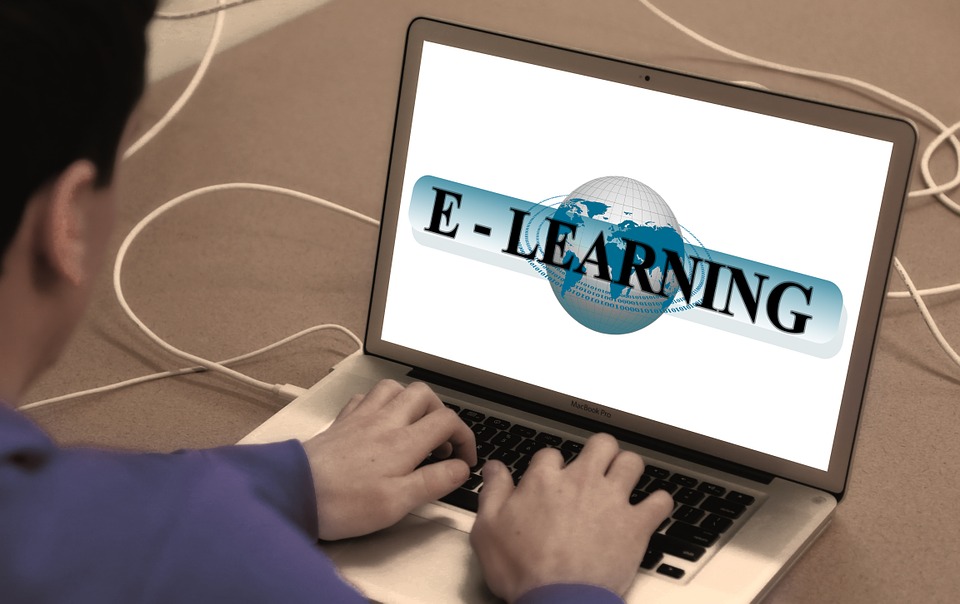The Ramsey Classroom Model is an educational approach that focuses on student-centered learning and emphasizes a collaborative, hands-on approach to education. This model has gained widespread recognition for its effectiveness in improving student outcomes, and it is increasingly being adopted by schools and educational institutions around the world. In this article, we will explore the benefits of the Ramsey Classroom Model and why it is worth considering for your school or institution.
Table of Contents
Increased Student Engagement

One of the primary benefits of the Ramsey Classroom Model is increased student engagement. This model places a strong emphasis on active learning, where students are encouraged to participate in discussions, ask questions, and work together to solve problems. This approach to learning helps to create a more engaging and dynamic classroom environment that promotes student motivation and interest in the subject matter.
Improved Learning Outcomes
Another key benefit of the Ramsey Classroom Model is improved learning outcomes. This model is designed to help students develop critical thinking, problem-solving, and communication skills, which are essential for success in today’s world. By using a collaborative and interactive approach to learning, students are better able to retain information and apply it in real-world situations.
Personalized Learning
The Ramsey Classroom Model also emphasizes personalized learning, which is tailored to each student’s unique needs and learning style. This approach helps to ensure that each student receives the support and guidance they need to reach their full potential. By focusing on individualized learning, teachers can better address the diverse learning needs of their students and help them achieve their academic goals.
Enhanced Teacher-Student Relationships

The Ramsey Classroom Model also promotes enhanced teacher-student relationships. This model encourages teachers to act as facilitators rather than just instructors, and to build relationships with their students based on trust, respect, and collaboration. By establishing a strong rapport with their students, teachers can better understand their needs and provide them with the support and guidance they need to succeed.
Increased Collaboration
The Ramsey Classroom Model also promotes increased collaboration among students. This model encourages students to work together on projects and assignments, which helps to foster a sense of community and teamwork in the classroom. By working together, students can learn from one another, share ideas, and develop critical thinking and problem-solving skills.
Technology Integration
The Ramsey Classroom Model also emphasizes technology integration, which is essential for success in today’s digital world. This approach to learning involves the use of technology tools and resources to enhance the learning experience and engage students in new and innovative ways. By using technology in the classroom, students can access a wealth of information and resources, and teachers can better track student progress and provide personalized feedback.
Flexible Learning Environments
The Ramsey Classroom Model also emphasizes flexible learning environments, which can be adapted to meet the changing needs of students and teachers. This approach to learning involves creating a classroom environment that is conducive to learning and that can be adapted to suit the needs of different learners. By providing a flexible learning environment, teachers can better accommodate the diverse learning needs of their students and provide them with the support and resources they need to succeed.
Positive Classroom Culture

Finally, the Ramsey Classroom Model promotes a positive classroom culture, which is essential for creating a supportive and nurturing learning environment. This model encourages students to treat one another with respect and kindness, and to work together to achieve common goals. By promoting a positive classroom culture, teachers can create a safe and welcoming learning environment that promotes student well-being and academic success.
Conclusion
The Ramsey Classroom Model is a highly effective educational approach that emphasizes student-centered learning, collaboration, and technology integration. This model has been shown to improve student engagement, learning outcomes, and teacher-student relationships, while promoting personalized learning, flexible learning environments, and a positive classroom culture. If you are considering adopting a new educational approach , the Ramsey Classroom Model is definitely worth considering. By implementing this model in your school or institution, you can create a dynamic and engaging learning environment that fosters student success and prepares them for the challenges of the 21st century.
Learn about: Unlock Exam Success with the Power of The Physics Classroom












